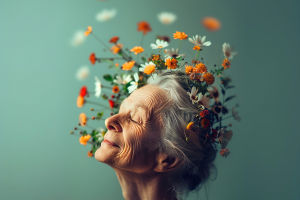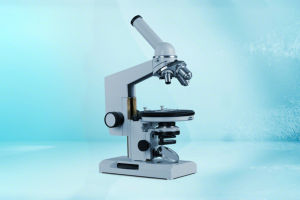
Hair thinning is a widespread issue that affects both men and women of all ages.
Several factors, including genetics and lifestyle habits, can contribute to this condition!
1. Genetics (Hereditary Hair Loss)
Genetics is one of the most prevalent causes of hair thinning, particularly in the form of androgenic alopecia, commonly referred to as male or female pattern baldness. This type of hair loss is inherited, with men typically experiencing thinning at the temples and crown, while women often notice more widespread thinning across the scalp.
2. Hormonal Changes
Hormonal fluctuations significantly affect hair health. For women, hair loss after pregnancy and during menopause is often temporary, but persistent hormonal imbalances linked to conditions like PCOS or thyroid disorders may cause long-term thinning.
3. Nutritional Deficiencies
A poor diet lacking essential nutrients can lead to hair thinning. Deficiencies in iron, vitamin D, vitamin B12, and zinc are frequently associated with hair loss.
Iron deficiency, particularly in women, is a common cause of hair thinning, as is a lack of vitamin D, which can interfere with the hair growth cycle. A balanced diet, rich in fruits, vegetables, proteins, and whole grains, is essential for maintaining healthy hair.
4. Stress and Anxiety
Stress plays a significant role in hair thinning, triggering a condition called telogen effluvium, where hair follicles prematurely enter the shedding phase. Both physical and emotional stress can disrupt the normal hair growth cycle, leading to temporary hair loss.
5. Medications and Medical Treatments
Some medications and medical treatments are known to cause hair thinning as a side effect. Chemotherapy for cancer treatment is a major cause of hair loss, but medications used to treat conditions like high blood pressure, arthritis, depression, and diabetes can also contribute to thinning hair.
6. Aging
As we age, our hair naturally becomes finer and thinner. The production of melanin decreases, causing hair to gray, and the rate of hair growth slows down. Over time, this can lead to noticeable thinning and, in some cases, bald spots. Although aging-related hair thinning is unavoidable, treatments such as thickening shampoos or medications like minoxidil can help improve the appearance of thinning hair.
7. Poor Hair Care Habits
Certain hair care practices can inadvertently contribute to hair thinning. Frequent use of heat styling tools, like flat irons, dryers, and curling irons, as well as chemical treatments such as perms and hair dyes, can weaken hair and cause it to break. Tight hairstyles like ponytails or braids can also put strain on hair, leading to damage and breakage.
Additionally, washing hair too often can remove it of its natural oils, making it dry and more prone to brittleness. To minimize hair thinning caused by these habits, limit heat styling, avoid harsh chemical treatments, and use gentle, nourishing shampoos.
If you notice persistent or severe hair thinning, it's advisable to consult a dermatologist or healthcare professional to explore the most suitable treatment options!
8 Reasons Why You Might be Losing Hair
Video by Medical Centric


